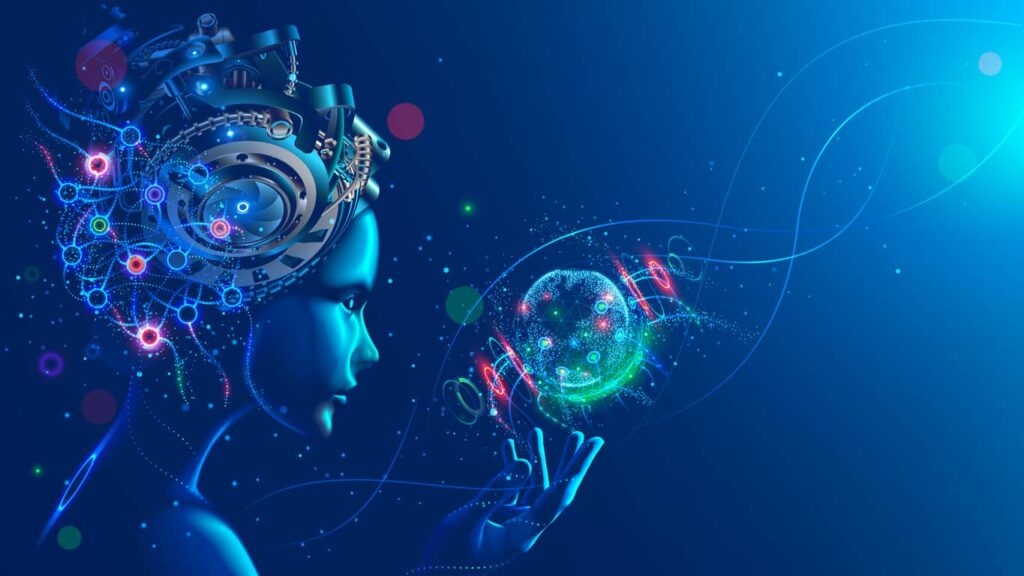Introduction
Artificial General Intelligence (AGI)—the idea of creating a machine that can perform any intellectual task that a human can—has long been the holy grail of AI researchers. It’s the stuff of sci-fi dreams and occasionally, nightmares. But where are we really on this journey? Enter Large Language Models (LLMs) like GPT-4, which can spit out coherent text, ace your history exam, and even write poetry. With all these impressive feats, one might wonder: are we on the brink of AGI? Or is it still as elusive as a unicorn at a horse ranch? Spoiler alert: we’re not quite there yet, but let’s dive into where we stand and where we might be headed.
The Current State of LLMs
Let’s talk about Large Language Models (LLMs), the current rock stars of the AI world. Models like GPT-4 have dazzled us with their ability to generate human-like text, translate languages, and even draft legal documents—tasks that once seemed impossible for machines. These LLMs have shown they can parse massive amounts of data and produce coherent, contextually relevant responses that often make us question if there’s a human behind the screen.
But before we get too excited, it’s important to remember that LLMs, despite their astonishing abilities, are still essentially overachieving parrots. They can mimic human language and patterns but lack true understanding or awareness. For instance, while an LLM can churn out a convincing essay on quantum physics, it doesn’t actually “understand” the content any more than a toddler understands the intricacies of string theory after repeating what they heard on TV.
Sure, these models can identify patterns, recognize context, and predict the next word in a sentence with impressive accuracy, but they struggle with tasks requiring genuine reasoning, long-term planning, or common sense. Ask a current LLM whether a zebra is a horse with stripes, and you might get a plausible answer—just don’t count on it to distinguish between an actual zebra and a particularly quirky horse in the wild.
In essence, today’s LLMs are linguistic jugglers with an encyclopedic memory, but they’re far from being the general problem-solvers that AGI promises to be. They excel in narrow domains, but when it comes to understanding the world the way humans do—well, let’s just say they’re still playing with building blocks.
AGI: The Holy Grail of AI
Artificial General Intelligence (AGI) is the dream of creating a machine that can think, learn, and adapt like a human across any domain. Unlike current AI, which excels in specific tasks (like beating you at chess or recommending cat videos), AGI would possess the ability to generalize knowledge and apply it to new, unfamiliar situations. Think of it as the Einstein of AIs—capable of solving complex problems, understanding abstract concepts, and even making ethical decisions.
However, the leap from narrow AI to AGI isn’t just a step; it’s a quantum leap. AGI requires not just pattern recognition but genuine understanding, self-awareness, and the ability to reason across diverse contexts. In short, AGI would need to “get” the world as we do, not just mimic it. And that’s where today’s AI still falls short, like a prodigy pianist who hasn’t yet mastered improvisation.
How LLMs Could Evolve into AGI
The journey from today’s Large Language Models (LLMs) to AGI isn’t just about scaling up—it’s about fundamentally rethinking how these models learn and understand the world. Current LLMs, like GPT-4, excel at processing vast amounts of data and predicting text, but to evolve into AGI, they need to move beyond pattern recognition to true comprehension and reasoning.
One path forward is through transfer learning—teaching models to apply knowledge from one domain to another, much like how humans can use problem-solving skills learned in math to tackle a new science challenge. Another promising avenue is meta-learning or “learning to learn,” where models improve their learning processes over time, becoming more adaptable and efficient.
Reinforcement learning also plays a crucial role. By interacting with environments and learning from feedback, models can start developing decision-making abilities more aligned with human-like reasoning. Imagine an LLM that not only writes code but also debugs it by understanding the logic behind it.
However, even with these advancements, bridging the gap to AGI requires breakthroughs in self-awareness, contextual understanding, and common sense—qualities that current models still lack. It’s like trying to teach your cat quantum mechanics: possible, but we’re not there yet.
Conclusion
In the race toward Artificial General Intelligence, Large Language Models like GPT-4 have taken impressive strides, dazzling us with their ability to mimic human language and perform complex tasks. Yet, as remarkable as these models are, they remain far from achieving true AGI—the kind of intelligence that understands, reasons, and adapts like a human. While ongoing research in transfer learning, meta-learning, and reinforcement learning holds promise, the leap from today’s AI to AGI is still a formidable challenge. So, while we marvel at what LLMs can do, let’s remember that the journey to AGI is just beginning. Who knows—by the time AGI arrives, we might just be able to ask it how it got here.
References
To dive deeper into the topics discussed in this blog, here are some insightful articles and resources:
- “The Path to AGI: Challenges and Opportunities” – An in-depth analysis of the technical and ethical hurdles on the road to AGI. Read more
- “From LLMs to AGI: How Far Have We Come?” – This article explores the current state of LLMs and their potential evolution into AGI. Read more
- “Meta-Learning and Its Role in AGI Development” – A comprehensive look at how meta-learning could be a key component in achieving AGI. Read more
- “Reinforcement Learning: Paving the Way to General AI” – Discusses how reinforcement learning might contribute to the development of AGI. Read more
- “Understanding the Limits of Current AI: Why AGI is Still a Distant Dream” – A critical perspective on the current limitations of AI in the context of AGI aspirations. Read more


